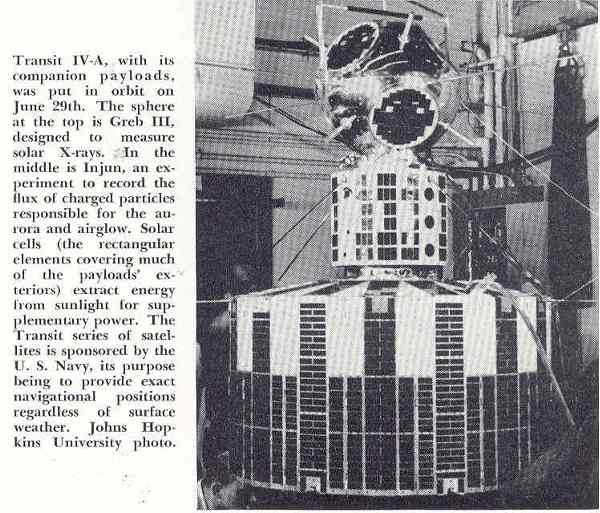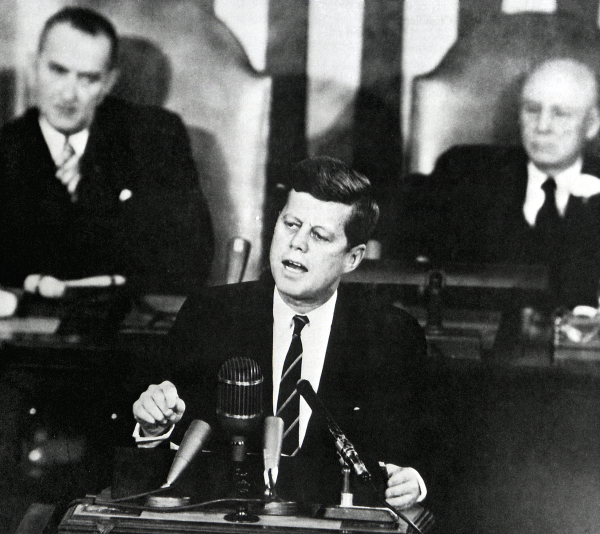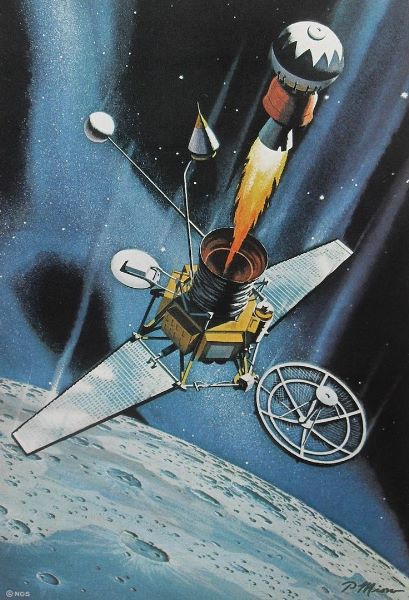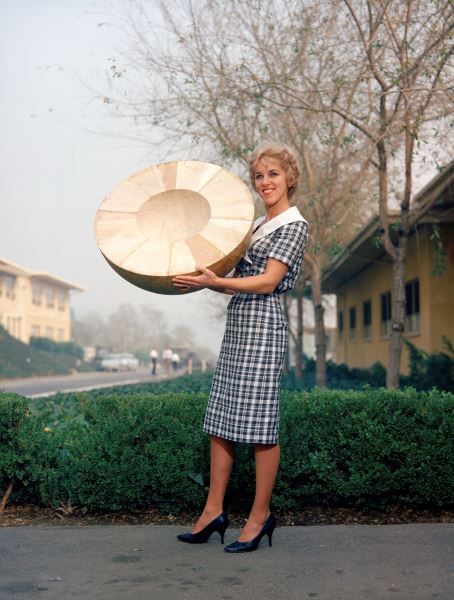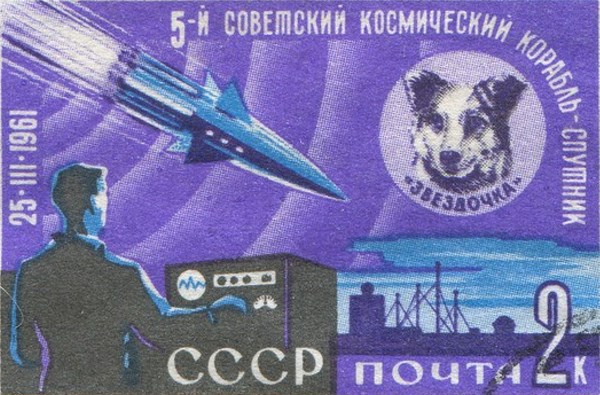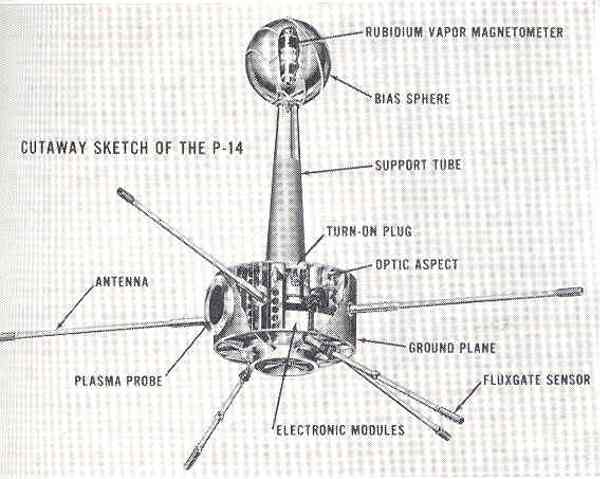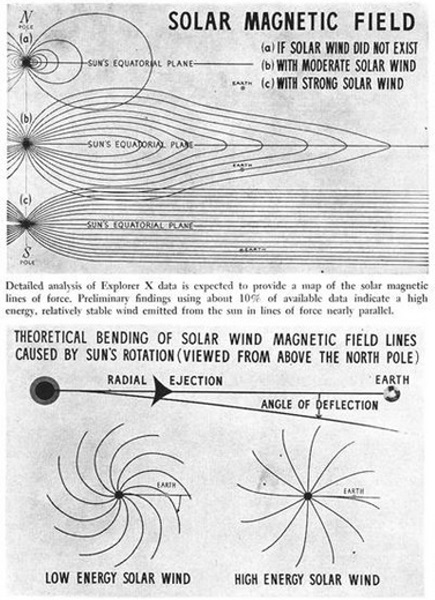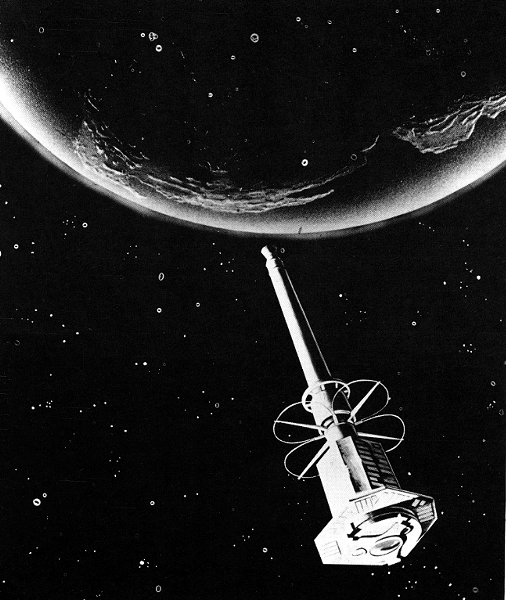
My brother, Lou, used to tell me that the only way to beat a bully is to not fight fair. Jump the guy when he's not looking, and fight like there are no rules. That'll teach him that you're nuts and not worth messing with.
He learned this lesson honestly. When Lou was in the navy, he immediately got flak for being Jewish. Someone tried to steal his bunk; Lou rammed the guy's head into the wall. After that, whenever someone tried to take advantage of Lou, by cutting in the chow line, for instance, another sailor would restrain the miscreant. "Don't do it! That's Marcus. He's crazy. He'll kill you!"
The problem is that these days, there are just two kids on the block: The USA and the USSR. Each one's the bully in the other's eyes. If the Russians decide they can get in a sucker punch, they just might do it to get us out of the way, once and for all.
We have the same option, of course, but it is the avowed intention of our leaders that America will never start a nuclear war. The Soviets have not made such a pledge.
That's why we have invested so much time and money in developing a strategic nuclear force. We want the Russians to know that we can strike back if they launch an attack, so that any attempt at a preemptive blow would be an act of suicide.
But we can't retaliate if the first indication we have a Soviet attack is the sprouting of atomic mushrooms over our cities and missile fields.
To that end, we recently finished the construction of the Distant Early Warning (DEW) line, a string of radar installations along the northern coasts of Alaska and Canada. These can detect a missile some ten minutes from target. Still not a very good window of time in which to order a counter-strike.

Enter MIDAS. The MIssile Defense Alarm System satellite has infrared sensors. As it flies over the Soviet Union, it will be able to detect the heat off a rising ICBM (or space shot, presumably). Operated in a constellation of low-orbiting craft, there will always be one or two whizzing over the vast expanse of our enemy superpower. This will raise the window of decision to a more-comfortable 30 minutes.
That should give the Soviet Union pause. If they can't wind up a punch without us seeing and countering, maybe they won't wind up at all.
I've written about MIDAS before. The difference this time is that the launch of MIDAS 3 today was freely covered in the press, and it looks like this may have been the first operational vehicle in the series. In any event, it's one more use of space that benefits all of humanity…hopefully.

In a similar, if more benign vein, today NASA got up the third in its TIROS weather satellite series. It replaces TIROS 2, which went off the air in January. TIROS 3 is an improvement on its predecessors, incorporating two wide-angle cameras (the narrow-angle cameras having been eliminated as not particularly useful) as well as five infrared sensors to measure the Earth's heat budget. I cannot stress enough how revolutionary the TIROS series has been. Not only has it provided the first full pictures of large-scale weather patterns, but we're getting global climatological data, too. In concert with the super-powerful computers now at our disposal, meteorology has entered a new age.
For those who live in the Gulf area or Florida, TIROS 3 will be of particular interest: it will be spotting those pesky hurricanes long before they hit the shore. Again, outer space provides a valuable window of decision for folks on the ground…in this case, the decision whether or not to evacuate!
See you in two with the rest of the latest Analog!


